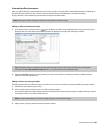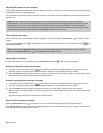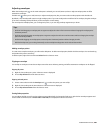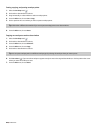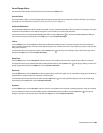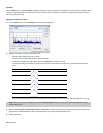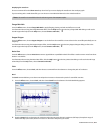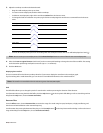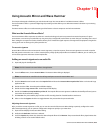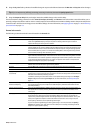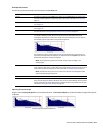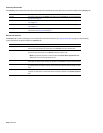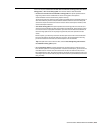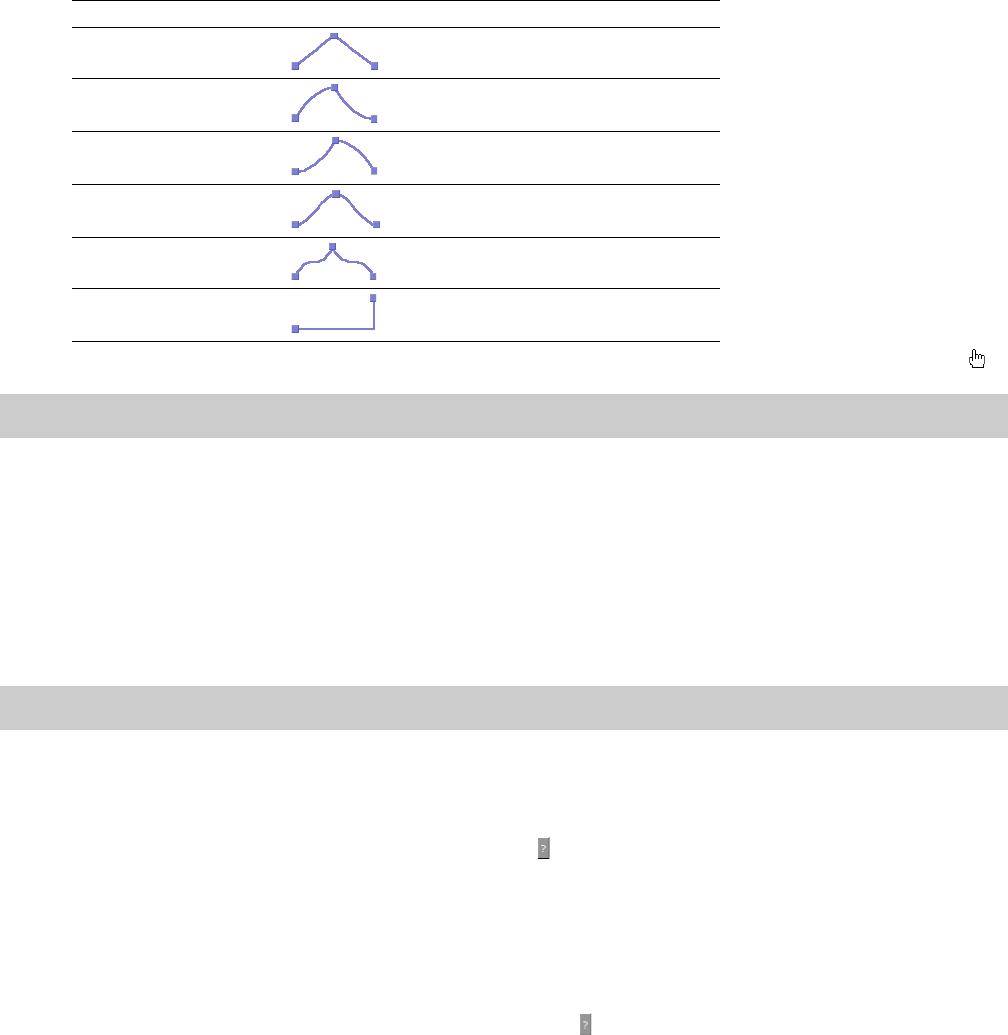
3.
Adjust the envelope to achieve the desired sound:
• Drag the small envelope points up or down.
• To create a new envelope point, double-click the envelope.
• To delete an envelope point, right-click it and choose Delete from the shortcut menu.
• To change the fade curve between two points, right-click an envelope segment and choose a command from the shortcut
menu:
• To move all envelope points, press Ctrl+A and drag when the envelope has focus. The cursor will be displayed as a hand ( ).
Fade Type Fade In/Out Envelope
Linear Fade
Fast Fade
Slow Fade
Smooth Fade
Sharp Fade
Hold
Note:
You can create up to 16 envelope points. Click the Reset Envelope button to remove all but the outer two envelope points.
4.
Select the Preserve original duration check box if you do not want pitch bending to change the size of the sound file. This setting
works best when performing small pitch corrections (up to +/- 2 semitones).
5.
Click the OK button.
Displaying the waveform
Choose a command from the Show wave drop-down list if you want to display the waveform in the envelope graph.
If you’re working with a multichannel file, you can choose to view individual channels or the mixed waveform.
Note:
The waveform is unavailable when the selection is greater than 300,000 samples.
Shift
The Shift effect allows you to change the pitch of a sound with or without preserving the duration of the selection.
For information about using the Pitch Shift effect, click the Help button ( ) in the Sony Pitch Shift dialog or refer to Sound Forge online
help (from the Help menu, choose Contents and Index).
Resonant Filter
From the Effects menu, choose Resonant Filter to restrict the range of a sound using low-pass, band-pass, or high-pass filtering, and
then boost and add oscillation to the resonant frequency.
For information about using the Resonant Filter plug-in, click the Help button ( ) in the Sony Resonant Filter dialog or refer to the Sound
Forge online help (from the Help menu, choose Contents and Index).
212
| CHAPTER 12




